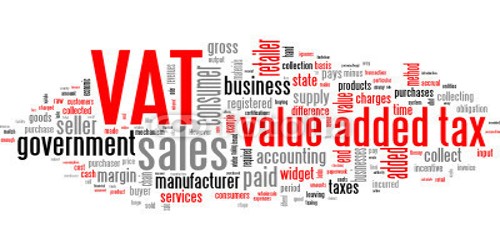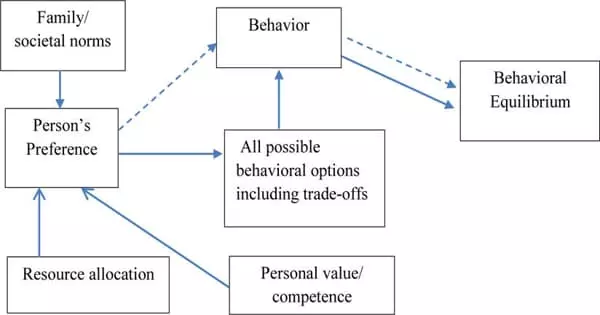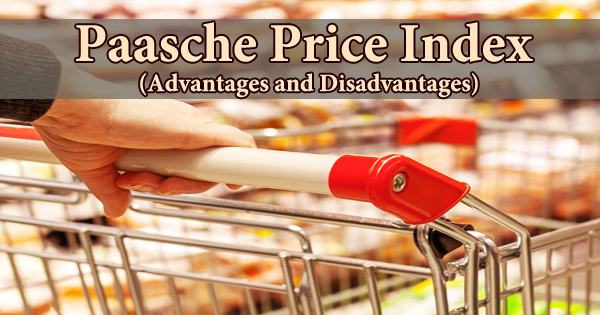Sales Value Added Tax
Value added tax in short known as VAT.
A value added tax (VAT) is a consumption tax added to a product’s sales price. It represents a tax on the “value added” to the product throughout its production process. It is a type of consumption tax that is placed on a product whenever value is added at a stage of production and at the point of retail sale.
Don’t confuse the VAT with sales tax. Under a sales tax, the tax is collected only once at the consumer’s point of purchase. The VAT tax, however, is collected every time a business purchases products from other businesses within the product’s supply chain.
The manufacturer or importer of goods (wholesaler or stockist) was liable to pay sales tax to the government. Value added tax is the tax that is realized by the government at many points in the supply chain, right from the manufacturer to the retailer. Only the value added to the commodity at each stage is subjected to sales tax. The final incidence of sales tax remains with the consumer.
It is a tax on the value added at each transfer of goods, from the original manufacturer to the retailer.
Suppose for example, the rate of tax is 10% and a trader purchases an article for $ 800, the tax he pays = 10% of $ 800 = $ 80
Now, if he sells the same article for $ 1150
The tax he recovers (gets) = 10% of 1150 = $ 115
Vat = Tax recovered on the sale – tax he paid on the purchase
= $ 115 – $ 80 = $ 35
Again, assuming that, a retailer purchases an article for $100 from the wholesaler. The wholesaler charges a sales tax at the rate of 10% on it as prescribed by the government for that variety of articles. Thus, the retailer pays $100 + 10% of $100, i.e., $100 + $10 (equals $110) to the wholesaler to have the article. The wholesaler gets $100 and he pays $10 to the government as sales tax. The retailer sells the article for $120 to the consumer and charges a sales tax of 10% on it as prescribed by the government. Thus, the consumer pays $120 + 10% of $120, i.e., $120 + $12 (equal $132) to the retailer to get the article. The retailer gets $120 + $10, i.e., $130 after paying $12 – $10, i.e., $2 as sales tax to the government. The retailer pays 10% of (sales price – cost price), i.e., ($120 – $100) to the government. Thus the retailer pays the tax on the added value or the raised value of the article. So, the value added tax for the retailer in this case $2.
The above example is summarized below to understand it better.
For the retailer we have;
Purchase price =$100
Tax paid on purchase = $10, (this tax is known as input tax)
Sale price = $120
Tax payable on sale price = $12, (this tax is known as output tax)
Input tax credit = $10
So, value added tax payable by the retailer = output tax – input tax
= $12 – $10 = $2
Note: VAT (value added tax) = output tax – input tax
Value added tax can also be recovered. The individual consumers cannot recover VAT on purchases made by them. However, businesses can recover VAT on the services and materials, which are bought by them in order to continue the supply of the products and services.
Information Source:
















